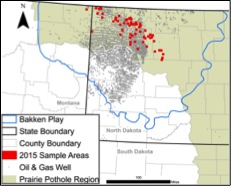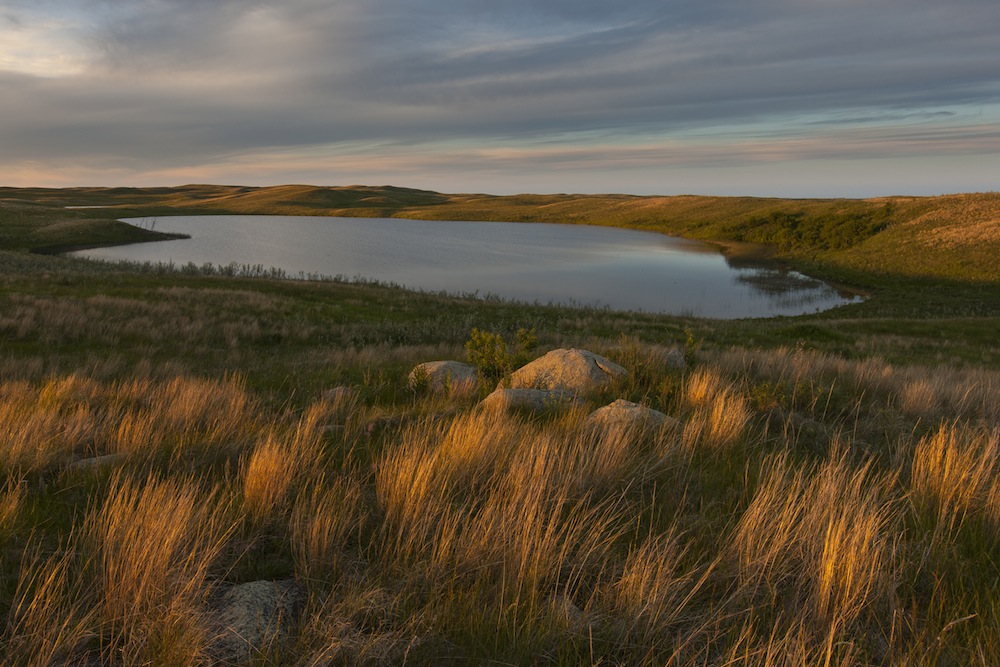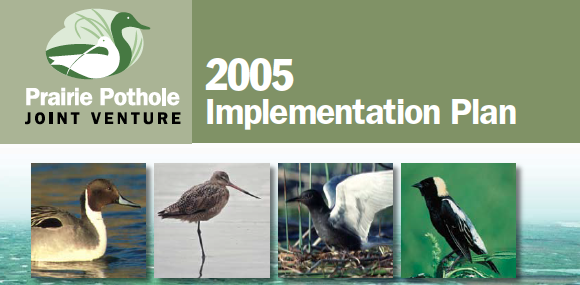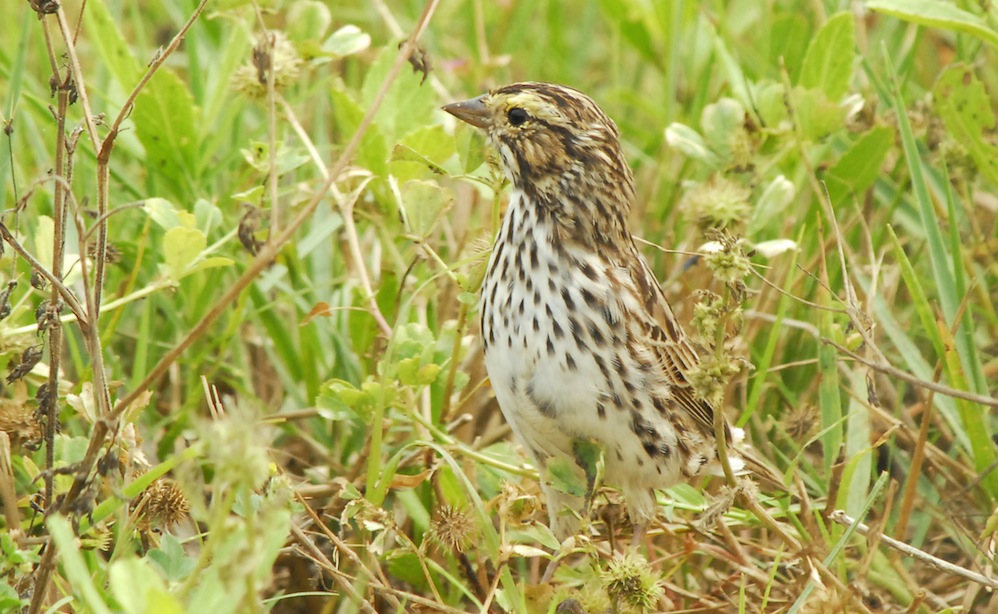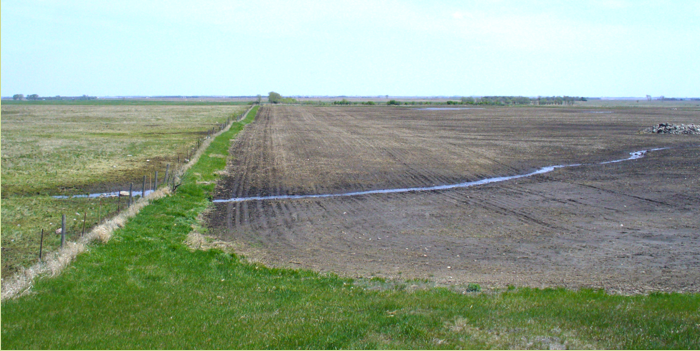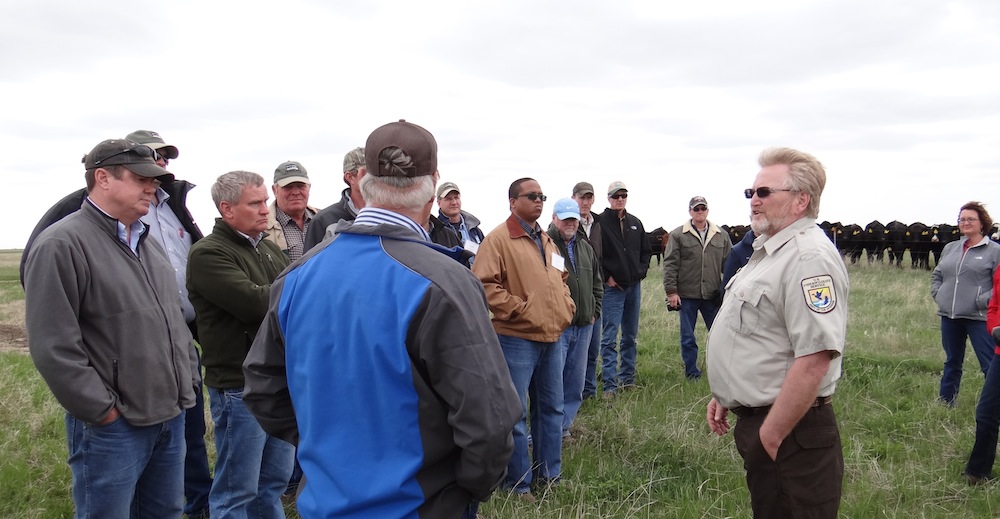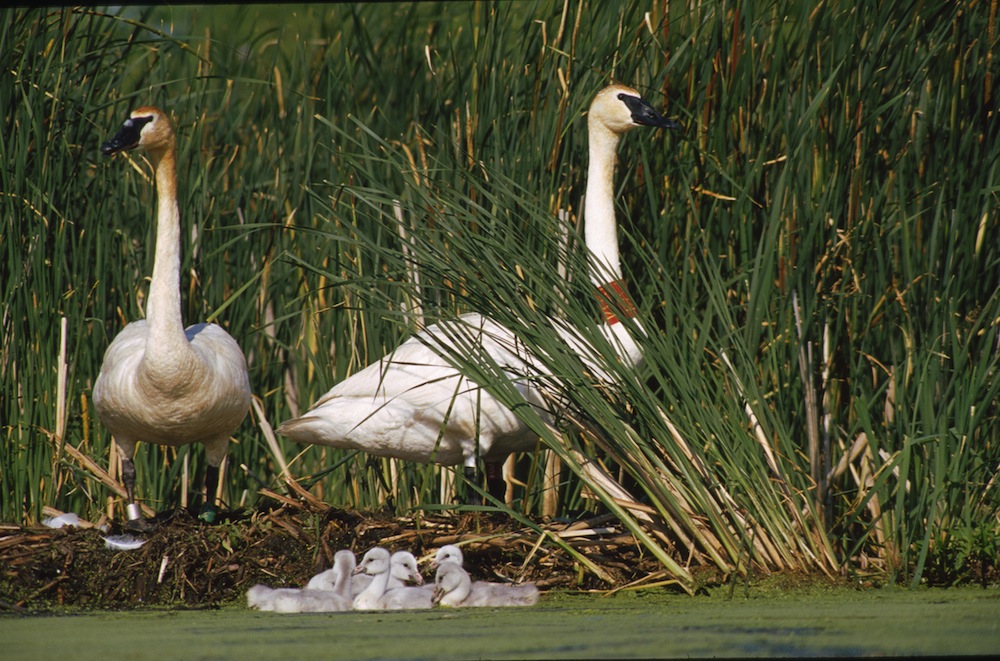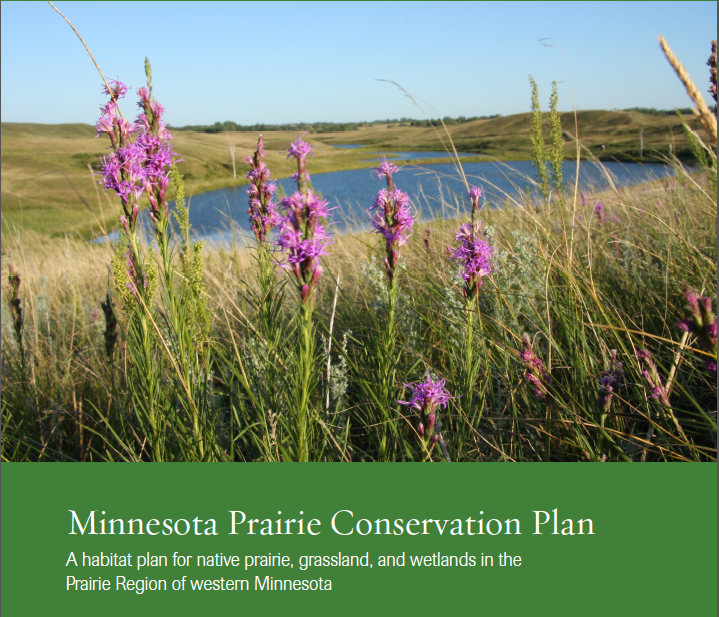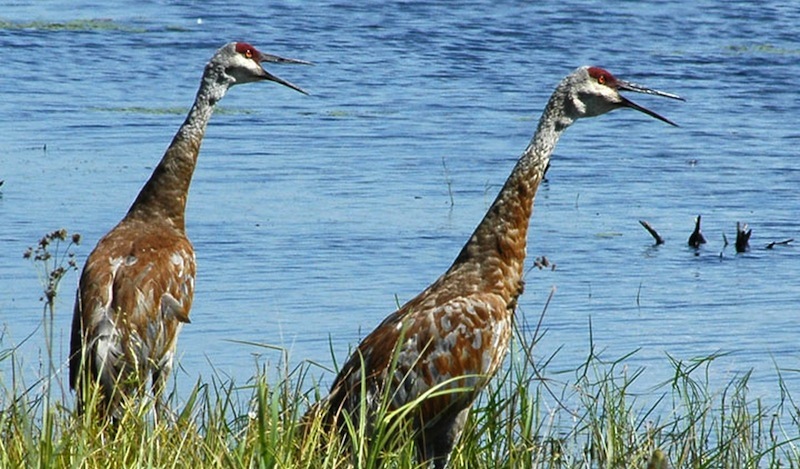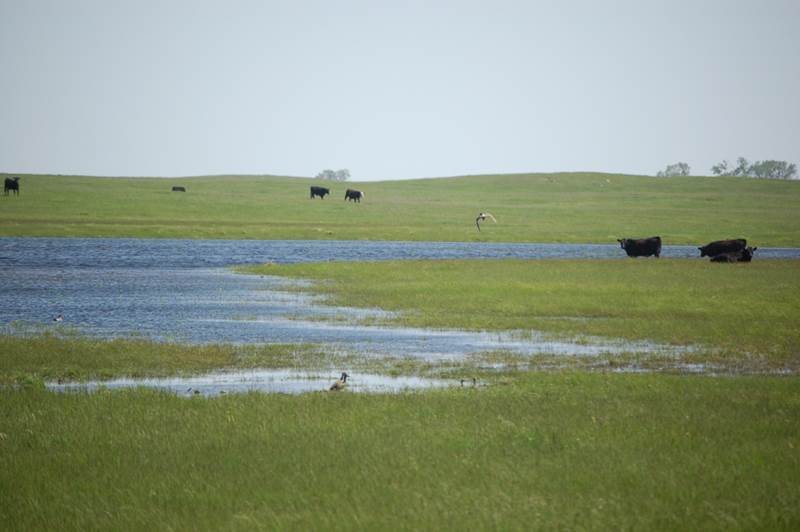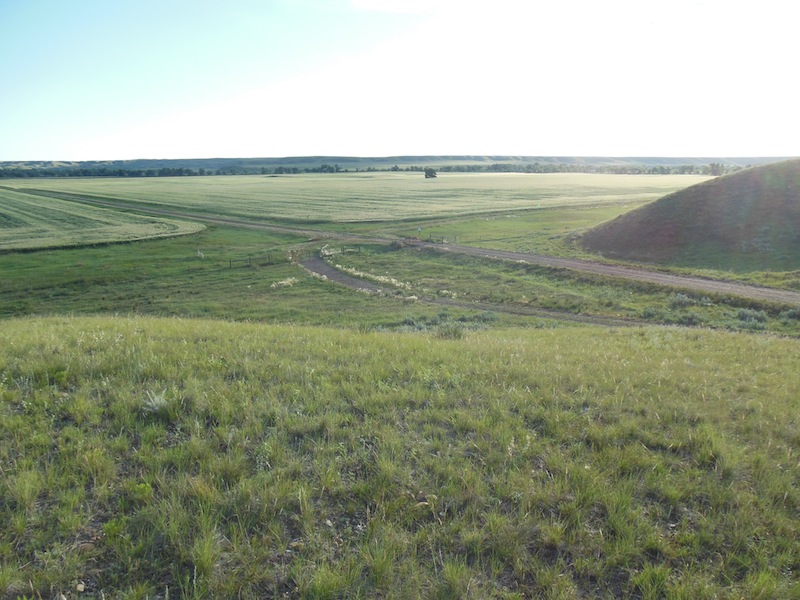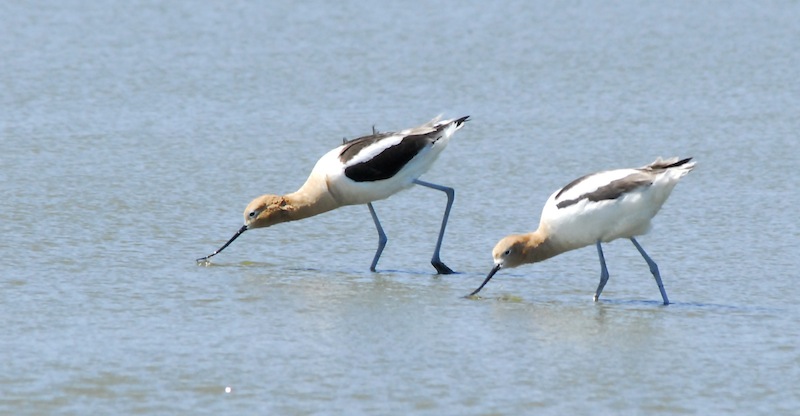Impact of Oil and Gas Energy Development on Breeding Waterfowl
Much of the Bakken Formation of Montana and North Dakota overlaps with important breeding waterfowl, shorebird, and waterbird habitat in the U.S. Prairie Pothole Region. In 2014, PPJV partners initiated a collaborative effort to investigate the potential impact of oil development and extraction in this area on breeding ducks. This collaboration included the USFWS HAPET … Read more

